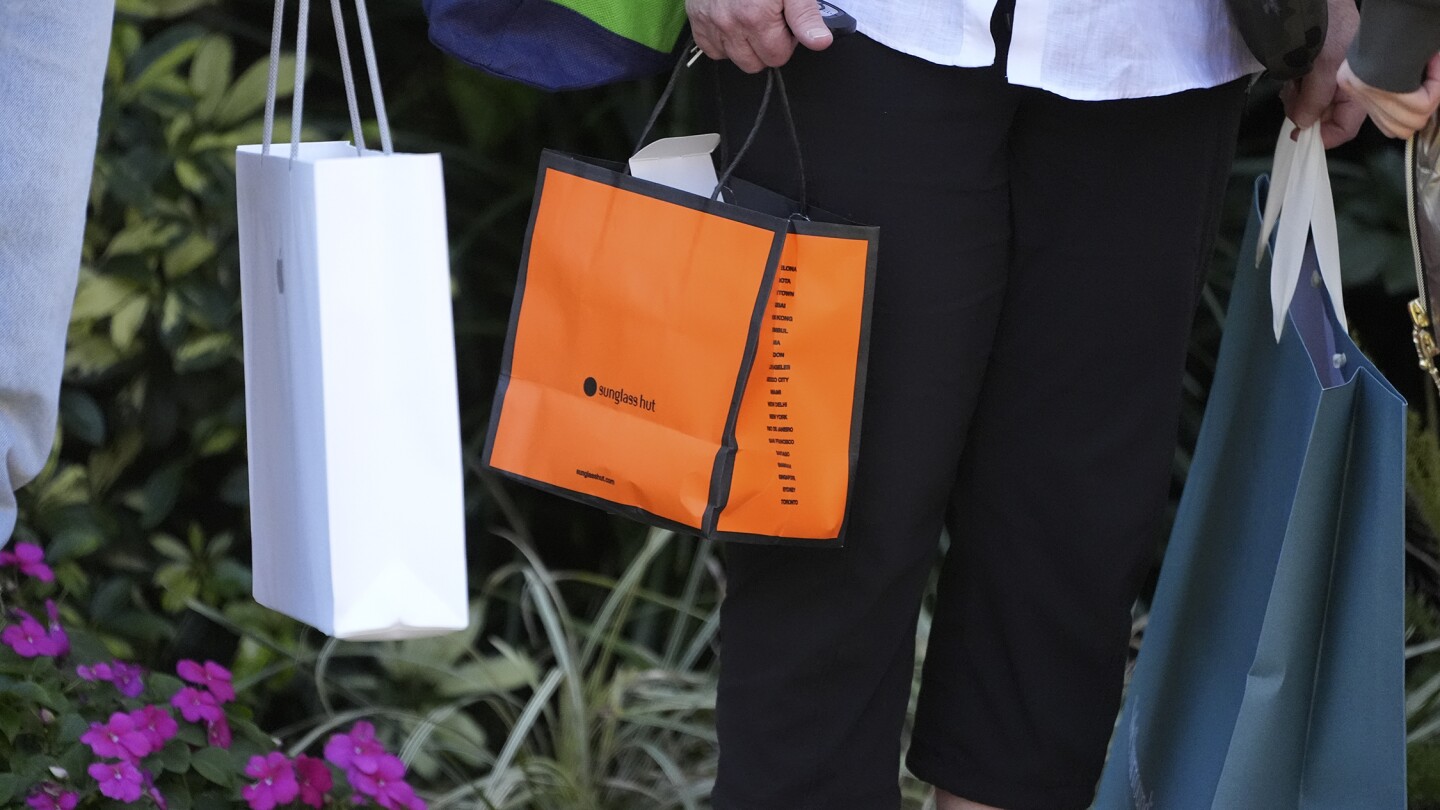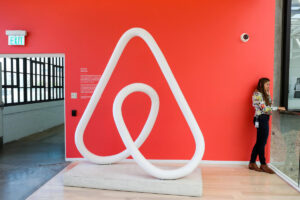WASHINGTON (AP) — Consumer prices likely rose last month at a pace that would exceed the Federal Reserve’s inflation target, underscoring why the Fed is being cautious as it considers when to cut interest rates and suggesting that inflation will remain a potent issue in this year’s presidential election.
Yet Tuesday’s report from the Labor Department may also show that underlying price pressures continue to ease, which would be an encouraging sign that inflation is gradually coming under control.
Economists have estimated that prices rose at a brisk 0.4% annual pace from January to February, up from a 0.3% rise the previous month, according to estimates compiled by FactSet. Compared with a year earlier, inflation is expected to have remained 3.1% in February, unchanged from January.
Higher gas costs likely drove much of last month’s overall inflation. The average national pump price climbed from $2.94 a gallon in mid-January to $3.08 in mid-February, according to the Energy Department. Grocery prices are thought to have ticked up, too. And because of higher food and labor costs, restaurant prices are expected to have risen more than they did before the pandemic.
Excluding volatile food and energy costs, economists think “core” prices increased 0.3% from January to February, down from a hot 0.4% in the previous month. Compared with 12 months earlier, core prices are projected to have risen 3.7% in February, according to FactSet, down from 3.9% in January, and the smallest rise in nearly three years. Core inflation is watched especially closely because it typically provides a better read of where inflation is likely headed.
Overall inflation has plummeted from a peak of 9.1% in June 2022, though it’s now easing more slowly than it did last spring and summer. The prices of many goods, from appliances to furniture to used cars, are actually falling after clogged supply chains during the pandemic had sent prices soaring higher. There are more new cars on dealer lots and electronics on store shelves.
By contrast, prices for restaurant meals, car repairs, hospital care and other services are still rising faster than they did before the pandemic. Car insurance has shot up nearly 21%, reflecting rising costs for auto repair and replacement. And after having sharply raised pay for nurses and other in-demand staff, hospitals are passing their higher wage costs on to patients in the form of higher prices.
Voter perceptions of inflation are sure to occupy a central place in this year’s presidential election. Despite a healthy job market and a record-high stock market, polls show that many Americans blame President Joe Biden for the surge in consumer prices that began in 2021. Though inflationary pressures have significantly eased, average prices remain about 17% above where they stood three years ago.
In his State of the Union speech last week, Biden highlighted steps he has taken to reduce costs, like capping the price of insulin for Medicare patients. The president also criticized many large companies for engaging in “price gouging” and so-called “shrinkflation,” in which a company shrinks the amount of product inside a package rather than raising the price.
“Too many corporations raise prices to pad their profits, charging more and more for less and less,” Biden said.
Fed Chair Jerome Powell signaled in congressional testimony last week that the central bank is getting closer to cutting rates. After meeting in January, Fed officials said in a statement that they needed “greater confidence” that inflation was steadily falling to their 2% target level. Since then, several of the Fed’s policymakers have said they believe prices will keep declining. One reason, they suggested, is that consumers are increasingly pushing back against higher prices by seeking out cheaper alternatives.
“When we do get that confidence, and we’re not far from it, it’ll be appropriate to begin” reducing the Fed’s benchmark rate, Powell told Congress last week.
Most economists expect the Fed’s first rate cut to occur in June, though May is also possible. When the Fed cuts its benchmark rate, over time it reduces borrowing costs for mortgages, car loans, credit cards and business loans.
One factor that could keep inflation elevated is the still-healthy economy. Though most economists had expected a recession to occur last year, hiring and growth were strong and remain healthy. The economy expanded 2.5% last year and could grow at about the same pace in the first three months of this year, according to the Federal Reserve’s Atlanta branch.
Last week, the Labor Department said employers added a robust 275,000 jobs in February, the latest in a streak of solid hiring gains, and the unemployment rate stayed below 4% for the 25th straight month. That is the longest such streak since the 1960s.
Still, the unemployment rate rose from 3.7% to 3.9%, and wage growth slowed. Both trends could make the Fed feel more confident that the economy is cooling, which could help keep inflation falling and lead the central bank to begin cutting rates.


